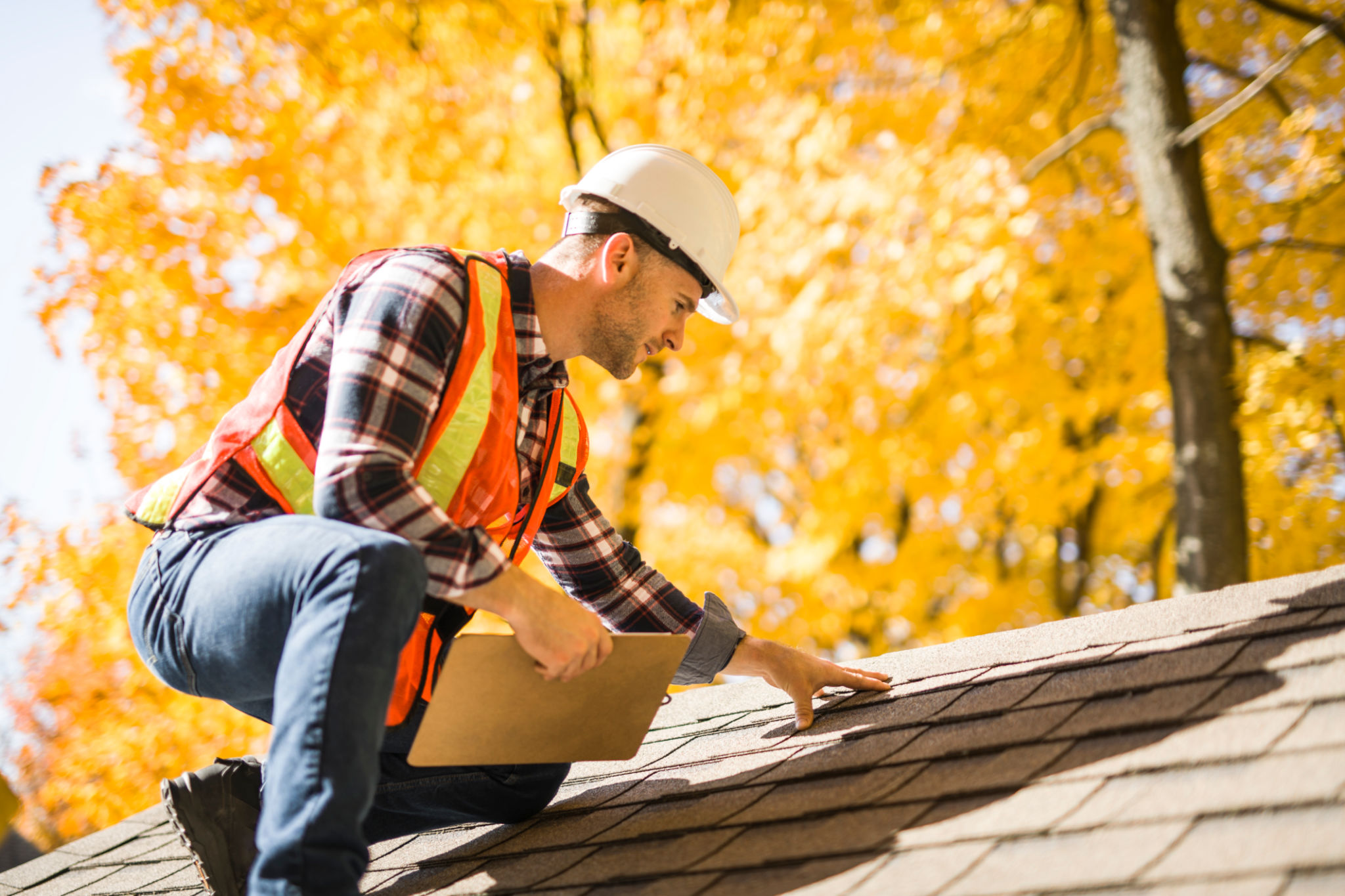How Often Should You Inspect Your Roof in Humid Climates? A Complete Checklist
Understanding the Importance of Regular Roof Inspections
Living in a humid climate presents unique challenges for homeowners, particularly when it comes to maintaining the integrity of your roof. High moisture levels can lead to mold growth, rot, and other issues that could compromise the structure of your home. Regular inspections are essential to catch potential problems early and maintain your roof’s longevity.
But how often should you inspect your roof in such environments? The answer isn't one-size-fits-all, but there are general guidelines that can help you keep your roof in excellent condition. Here is a complete checklist to guide you through the inspection process.

Frequency of Roof Inspections
For homes in humid climates, it is recommended to conduct roof inspections at least twice a year. Ideally, you should perform an inspection before the onset of the wet season and once after it ends. This allows you to identify and address any issues that may have developed due to increased moisture exposure.
In addition to regular biannual inspections, it’s also wise to check your roof after any severe weather events such as hurricanes or heavy storms, as these can cause immediate damage that needs urgent attention.
DIY Checks vs. Professional Inspections
While you can conduct basic inspections yourself, involving a professional at least once a year is advisable. Professionals have the expertise to spot subtle signs of damage that might not be apparent to the untrained eye. They can also provide a thorough assessment of areas like your attic ventilation and insulation, which play crucial roles in maintaining your roof's health.

Essential Elements of a Roof Inspection
Here’s a checklist of what to look for during a roof inspection:
- Shingles: Check for cracked, curling, or missing shingles, which are common in humid climates due to moisture and wind exposure.
- Flashing: Inspect the areas around chimneys, vents, and skylights to ensure the flashing is intact and effectively preventing water intrusion.
- Gutters and Downspouts: Ensure they are clear of debris to facilitate proper drainage and prevent water pooling on the roof.
Moss and Algae Growth
In humid climates, moss and algae growth on roofs can be a persistent problem. These organisms thrive in damp conditions and can retain moisture against the roof surface, potentially leading to rot. Regularly check for green patches or streaks on your roof and remove them promptly using appropriate cleaning solutions.

Attic and Interior Checks
The interior of your home can also provide clues about the health of your roof. During inspections, take the time to look around your attic for signs of leaks or water damage. Pay attention to discoloration on walls or ceilings, which could indicate moisture seepage from your roof.
Ensure that your attic is well-ventilated to prevent moisture buildup, which can contribute to mold growth and weaken your roof structure over time.
Long-Term Maintenance Tips
Aside from regular inspections, consider implementing long-term maintenance strategies for your roof. For instance, trimming overhanging branches can reduce debris accumulation and minimize potential damage from falling branches during storms. Applying a protective coating can also offer an additional barrier against moisture penetration.
By following these guidelines and implementing routine maintenance, you'll ensure that your roof remains robust against the challenges posed by humid climates, safeguarding your home for years to come.
